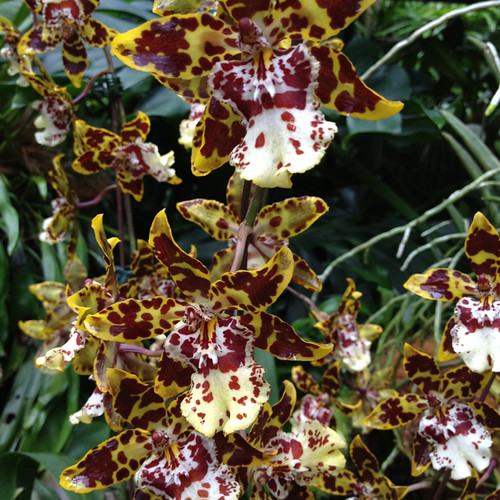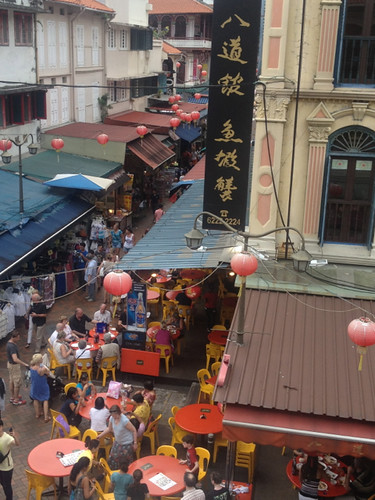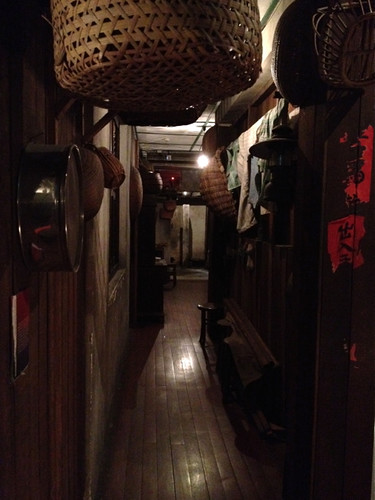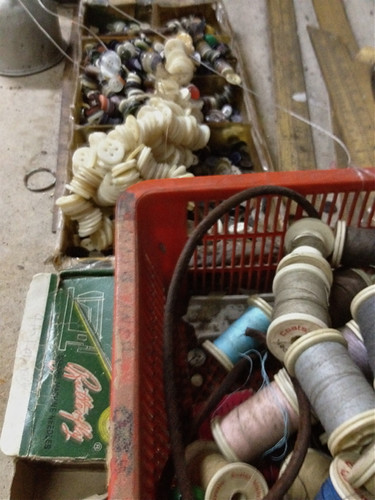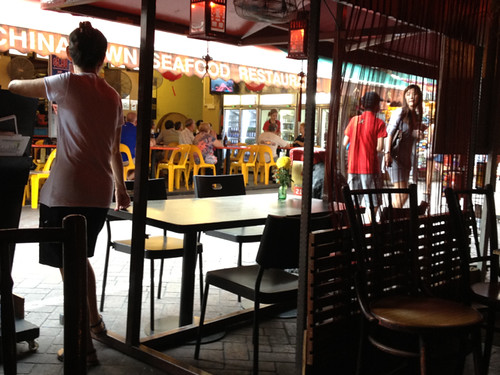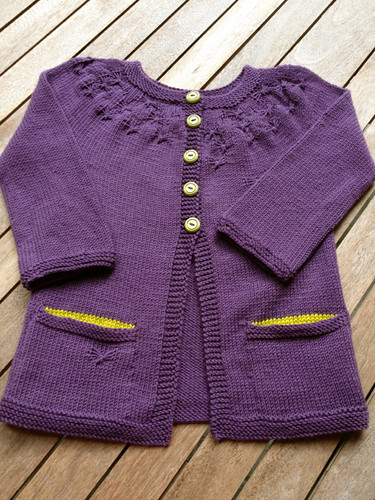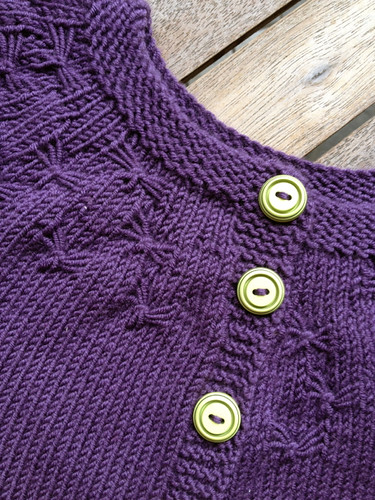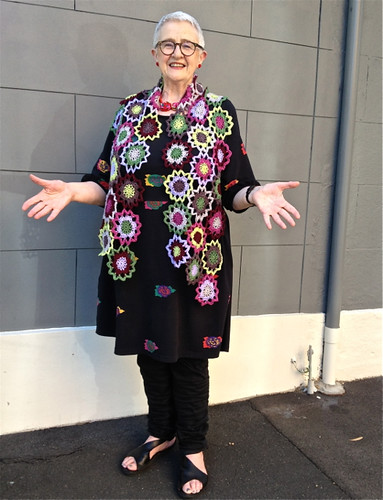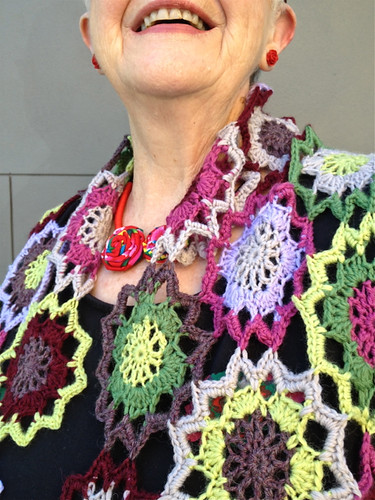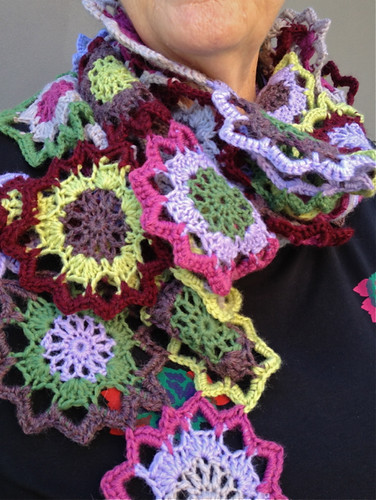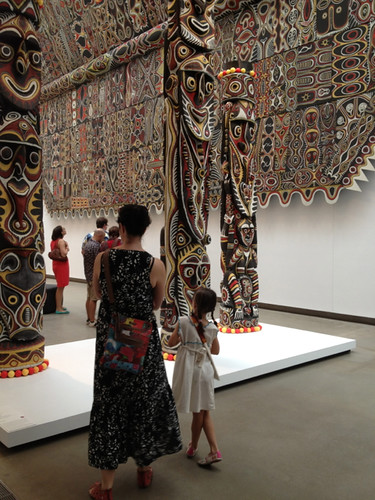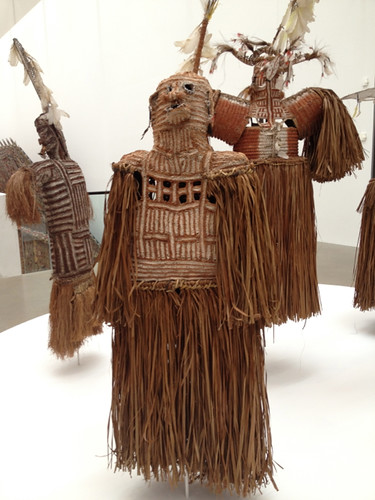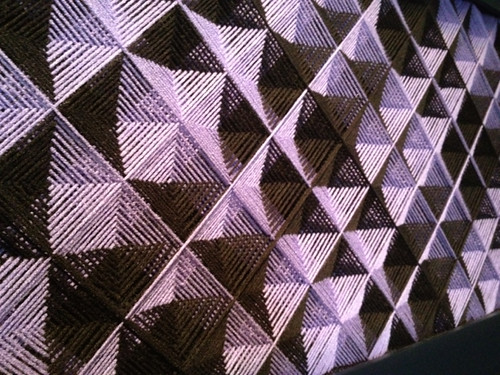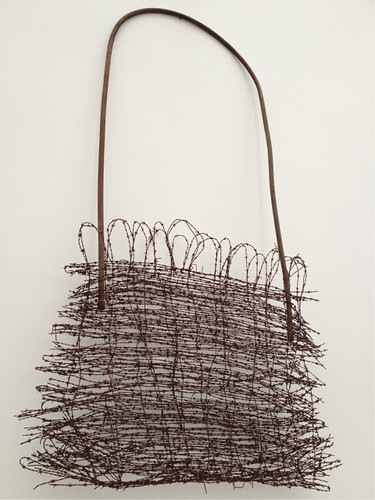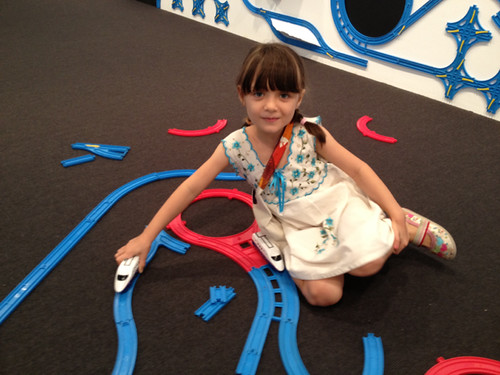Beyond all these sensible reasons for liking Amsterdam there's something less tangible. I just like the way it looks. Of course, any city that is built around canals has a head start in the beauty stakes.

Amsterdam seems to have a wonderful geometry and regularity, but once you look a little deeper, there are all sorts of variations and eccentricities within this regularity. The city's not neatly laid out in a grid pattern - like Sydney it follows the paths set out by past inhabitants - so I think the appeal is about scale. The houses line up neatly along the streets and are roughly the same heights and proportions as each other.

Then you look closely and discover differences - of window size and arrangement, of colour and finish, of age, and even of function when the houses are interspersed with warehouses
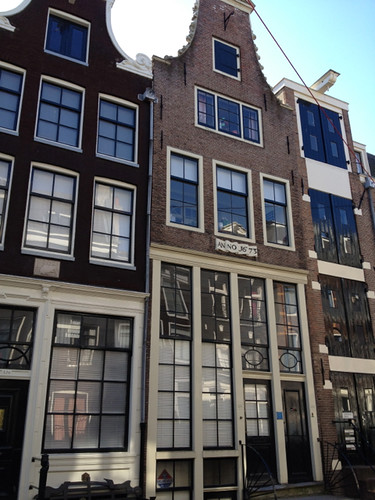
Even when there is a need for infill building that inserts modern structures with the old, the proportions are retained. I love these surprises:

I haven't been doing anything particularly touristy - apart from popping in to reacquaint myself with the lovely Begijnhof which you can approach through an arched doorway and small tunnel from busy Spui. It's magical as you pass from crowded streets to the green square where the oldest houses date from the fifteenth century. The Square originally housed an order of lay Catholic nuns and even today, when it is administered by the city, the Beguinhof is home only to single women.
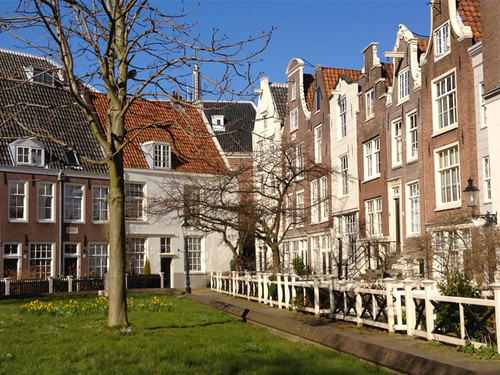
All the photographs I've taken have just been what I've encountered as I've gone about daily tasks - organising my tram ticket, finding some knitting needles because I'd brought the wrong size, buying a ticket for Bach's St Matthew Passion on Sunday. One of the pleasures of Amsterdam is that so much of it is photogenic. However, I would advise any visitor to move beyond the city centre with its fast-food and souvenir shops, its litter and its fun-fair attractions. Awful, and so easy to escape by walking just a few blocks.
As I was buying my concert ticket I walked through the Museumplein and was attracted by crowds of people around the Rijksmuseum, which has been largely closed for several years for extensive renovations. Fortunately for me, the grand reopening is on 14 April so I'll have the opportunity to see this grand museum and its collection in all its restored splendour. But back to the crowds of people. The star of the Rijksmuseum's collection, Rembrandt's enormous The Night Watch, was being moved to its new location in the building. Because of its size it could not be moved internally, so the painting in its climate controlled crate was moved outside the building through a specially enlarged door, lifted down with a crane, and then walked around on a trolley to its new location where the crane operation was repeated.
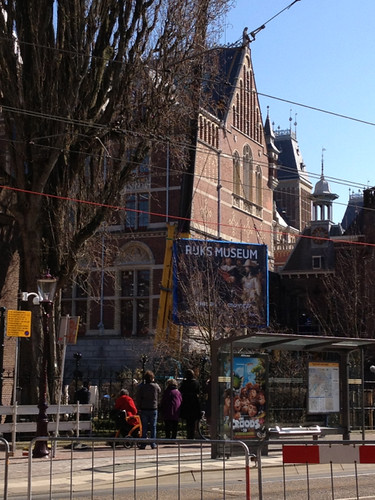

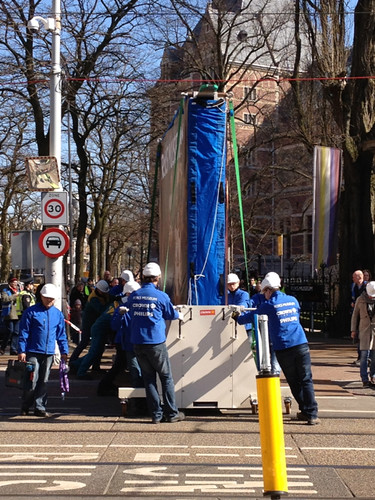
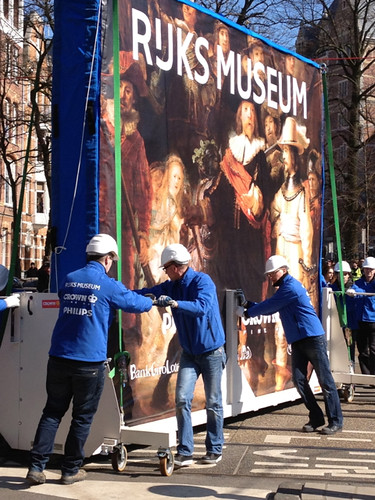
There were crowds of police and Museum staff and even groups of school-children cheering as the air-conditioned crate moved past. A great happenstance event.



